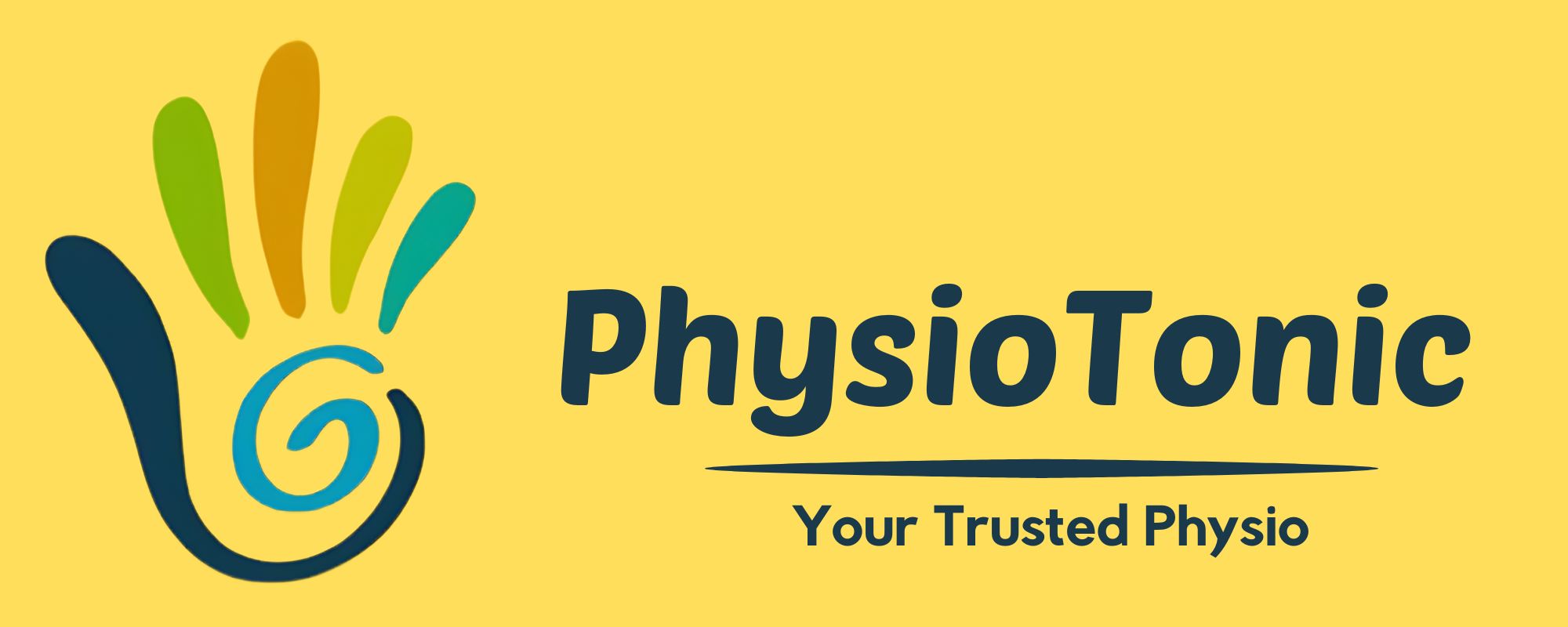Introduction:
Cervical/neck pain is a common health issue that affects a significant portion of the population. This type of pain can range from mild discomfort to severe, debilitating pain that impacts daily activities and overall quality of life.
Prevalence:
Studies indicate that a large percentage of adults experience cervical/neck pain at some point in their lives. It’s one of the leading causes of disability worldwide.
Quality of Life:
Persistent neck pain can severely affect your ability to work, exercise, and even perform simple tasks such as turning your head or looking down at a book or phone.
Common Causes:
Poor posture, muscle strain, and age-related wear and tear are often culprits. These issues can lead to conditions like cervical spondylosis, which further exacerbates the problem.
Impact on Daily Life:
The constant discomfort can lead to reduced productivity, limitations in physical activities, and mental stress. Simple actions like driving or sleeping may become challenging.
Addressing cervical/neck pain is crucial for maintaining a good quality of life. Understanding its prevalence and impact sets the stage for exploring its causes, symptoms, diagnosis, and management strategies.

Causes, Symptoms, and Diagnosis of Cervical/Neck Pain:
Main Causes of Cervical/Neck Pain
Cervical or neck pain can come from different sources:
- Postural Issues: Poor posture, especially during prolonged activities such as working at a computer or using a mobile phone, can strain the muscles and ligaments in the neck.
- Muscle Spasms: Sudden involuntary contractions of neck muscles, often resulting from overuse or injury, can cause significant pain and discomfort.
- Age-Related Factors: Conditions like cervical spondylosis occur due to age-related wear and tear on the cervical spine. This leads to degeneration of spinal discs and joints.
Additionally, other factors such as stress, poor ergonomics, and underlying medical conditions like osteoarthritis or spinal stenosis contribute to neck pain.
Less Common Symptoms
While neck pain typically manifests as localized discomfort or stiffness, it can present with less common symptoms:
- Vertigo Associated with Neck Pain: Some individuals experience dizziness or a spinning sensation due to cervical vertigo. This occurs when misalignment or dysfunction in the neck affects the vestibular system.
- Cervical Headaches: Also known as cervicogenic headaches, these originate from problems in the cervical spine. The pain usually starts at the base of the skull and radiates towards the forehead or temples.
Symptoms like arm weakness, numbness in the hands, balance issues, and bladder control problems may indicate more severe underlying conditions requiring prompt medical attention.
Diagnosis of Cervical/Neck Pain:
Accurate diagnosis is essential for effective treatment. Healthcare professionals use several methods to diagnose cervical/neck pain:
Physical Examinations:
- Assessment of range of motion
- Palpation to identify areas of tenderness
- Evaluation of muscle strength and reflexes
Imaging Tests:
- X-rays: To visualize bone alignment and identify degenerative changes.
- MRI (Magnetic Resonance Imaging): Provides detailed images of soft tissues including discs and nerves.
- CT Scans (Computed Tomography): Offers cross-sectional views that help detect abnormalities not visible on X-rays.
In some cases, diagnostic tests may also include nerve conduction studies or electromyography (EMG) to assess nerve function.
Diagnosing neck pain accurately involves a combination of clinical evaluation and imaging techniques tailored to each patient’s specific symptoms and medical history.
Managing Cervical/Neck Pain: Medical and Home Remedies
Treatment Approaches for Cervical/Neck Pain
Addressing cervical/neck pain often requires a multifaceted approach tailored to the specific cause and severity of the pain. Here’s an overview of various treatment methods:
Medications:
- Nonsteroidal anti-inflammatory drugs (NSAIDs) such as ibuprofen or naproxen can reduce inflammation and alleviate pain.
- Muscle relaxants are useful for treating muscle spasms in the neck. They help ease the tension and provide relief.
- Pain-relieving injections, including corticosteroids, can be administered directly into the affected area to reduce severe pain and inflammation.
Physical Therapy:
Physical therapists play a crucial role in managing cervical/neck pain. They offer targeted exercises that strengthen neck muscles, improve posture, and enhance flexibility. Techniques like ultrasound therapy, electrical stimulation, and manual therapy can also be applied to reduce pain and improve mobility.
Surgery:
In severe cases where conservative treatments fail, surgical options may be considered. Procedures such as cervical decompression or spinal fusion aim to relieve pressure on nerves or stabilize the spine.
Lifestyle Modifications and Home Remedies:
Incorporating certain lifestyle changes and home remedies can significantly alleviate symptoms and prevent future episodes of neck pain:
Maintaining Good Posture:
- Ensure your workstation is ergonomically designed. Adjust your chair, monitor, and keyboard to promote good posture.
- Avoid slouching or leaning forward for extended periods. Use supportive chairs that encourage upright sitting positions.
Regular Exercise:
- Engage in exercises that strengthen the neck and shoulder muscles. Gentle stretching routines can improve flexibility and reduce tension.
- Activities such as swimming or yoga are excellent for maintaining overall body strength without straining the neck.
Relaxation Techniques:
- Practice relaxation methods like deep breathing exercises or meditation to manage stress, which can exacerbate muscle tension in the neck.
- Incorporating mindfulness techniques can help you remain aware of your posture throughout the day.
Heat/Ice Therapy:
- Apply a cold pack to the affected area for short periods during the initial stages of pain to reduce inflammation.
- Switch to heat therapy after a few days using warm compresses or heating pads to relax tight muscles.
Ergonomic Adjustments:
- Use pillows that support the natural curve of your neck while sleeping. A cervical pillow may help maintain proper alignment.
- Adjust your car seat to ensure your headrest supports your neck adequately during drives.
These combined strategies provide a comprehensive approach to managing cervical/neck pain effectively. Addressing conditions like vertigo related to cervical problems involves specific physical therapy techniques designed to improve balance and coordination. By adopting these practices, you can significantly enhance your quality of life despite dealing with chronic neck issues.
When to Consult a Physiotherapist for Cervical/Neck Pain
Consulting a physiotherapist or cervical pain specialist is important for effectively managing cervical/neck pain. These professionals have specialized knowledge to identify the underlying causes of pain and provide targeted treatments.
Benefits of Consulting a Physiotherapist or Cervical Pain Specialist
- Targeted Exercises: Physiotherapists create specific exercise plans to strengthen neck muscles, correct posture, and increase flexibility.
- Manual Therapy: Techniques like massage, mobilization, and manipulation can help reduce stiffness and relieve pain.
- Education: Patients receive guidance on improving posture, making ergonomic adjustments, and adopting lifestyle changes to prevent future neck pain.
- Pain Management: Non-invasive treatments such as ultrasound therapy, electrical stimulation, and hot/cold therapy may be used to effectively manage pain.
When to Seek Help
You should consider seeking professional help if you experience any of the following:
- Persistent neck pain lasting more than a few days
- Limited range of motion in the neck
- Numbness or tingling in arms or hands
- Headaches originating from the neck area
For residents of Gurgaon experiencing cervical/neck pain, it is beneficial to find a physiotherapist in Gurgaon or consult with a cervical pain specialist. You can visit us at PhysioTonic Physiotherapy Clinic at 15, Arjun Marg, opposite HDFC Bank, Basement, DLF Phase 1, Sector 26A, Gurugram, Haryana 122002

